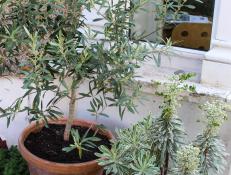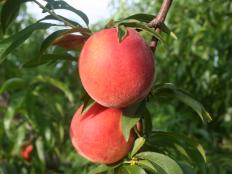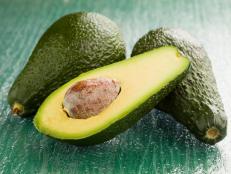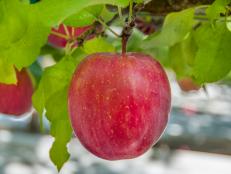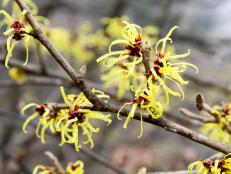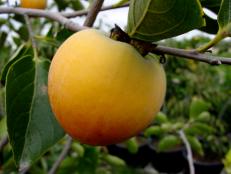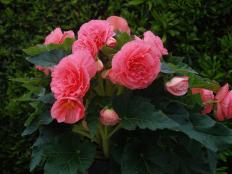Know Your Tree Roots
Before selecting new trees for the yard, dig a little deeper to get to the root of the issue.


Photo by Mick Telkamp
Planting trees in the yard adds natural beauty, offers privacy and curb appeal, provides shade that can impact utility costs and helps sustain birds and other wildlife. Trees of all sizes are an important part of the visual landscape, from the relatively small flowering dogwood to the mightiest oak. Beauty, hardiness and stature are important, but not the only considerations. When it’s time to select a new tree for the yard, we need to dig a little deeper.
Tree roots serve several purposes. Not only do they anchor the tree and draw in nutrients and water from the soil, tree roots also help stabilize the soil and prevent erosion. We tend to visualize the larger “woody” roots that provide stability and store water and carbohydrates, but as anyone who has ever dug a hole near an established tree will attest, secondary roots called “feeder” roots make up most of a tree’s root system. Generally less than a sixteenth of an inch thick, these feeder roots absorb surface water and minerals and are very efficient.
Taproots are large roots that grow straight down below the trunk of the tree. Compacted soil makes it difficult for trees to develop such a root. Most trees will never establish a taproot, but instead grow a sprawling network of woody and feeder roots, usually no deeper than 12 to 24 inches. While these root systems do a great job of giving trees what they need, it can be easy to forget that these spreading roots greatly increase the footprint of planted trees, often extending up to four times beyond the canopy of the tree. In smaller yards or in plots where other trees may compete for resources, this subterranean sprawl is the real measure of tree size.
Will new trees thrive in your yard without causing problems? Consider the following root-related issues before adding new trees to the landscape.
Tree Type
Larger trees will obviously have larger root systems, but some trees have more aggressive roots than others. Allow room for growth and research the invasive nature of the roots of a tree before planting. For example. Willow trees may not be the tallest tree in the forest, but have extensive root systems. Poplars and American elms are also attractive trees that may not be a good choice for smaller yards due to aggressive root growth.
Soil Condition
Although different trees do will in different types of soil, clay, fine-grain soil or soil that is compacted leads to shallow and sprawling root systems.
Competition
Trees are fierce competitors for resources. Trees that are planted too close together may fail to thrive. The shallow feeder roots of trees can also make it difficult to grow other plants or even grass around the tree and its expanding root system. A blanket of mulch surrounding growing trees can be helpful in establishing a non-competitive growing environment.
Barriers
Intentional barriers may be established underground to direct root development. Unchecked, tree roots can quickly breach foundations, septic tanks or water lines, leading to expensive repairs. Unless establishing protective barriers for these common hazards, a safe planting distance may range anywhere from thirty to a hundred feet or more, depending on tree variety.
After determining that you’ve found a location ready to support a growing root system, transplanted trees should be planted in a wide, shallow hole. Roots that have established to the shape of a container should be carefully pruned or coaxed outward to encourage growth.






